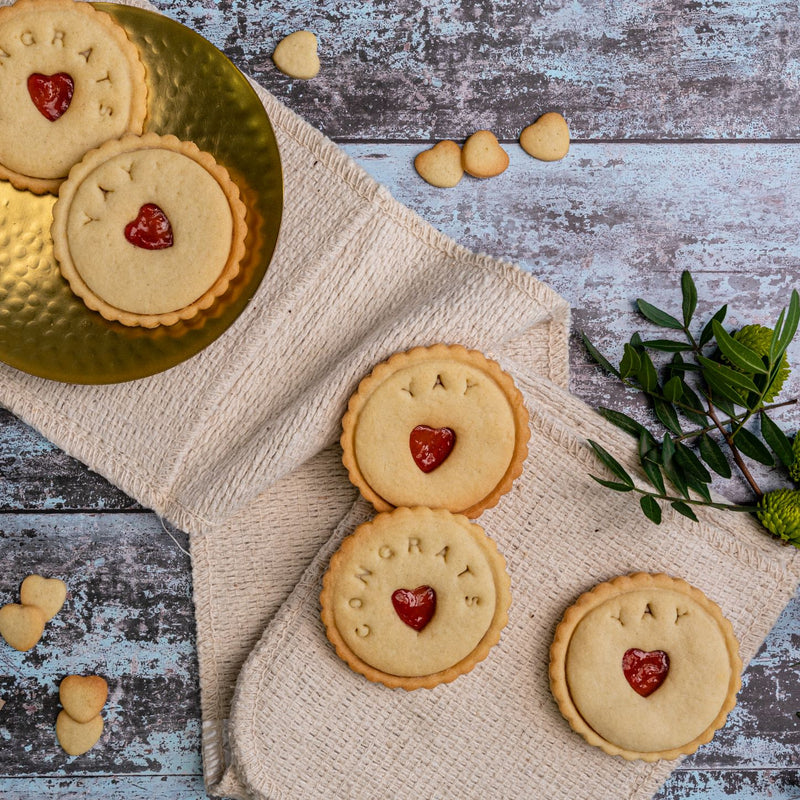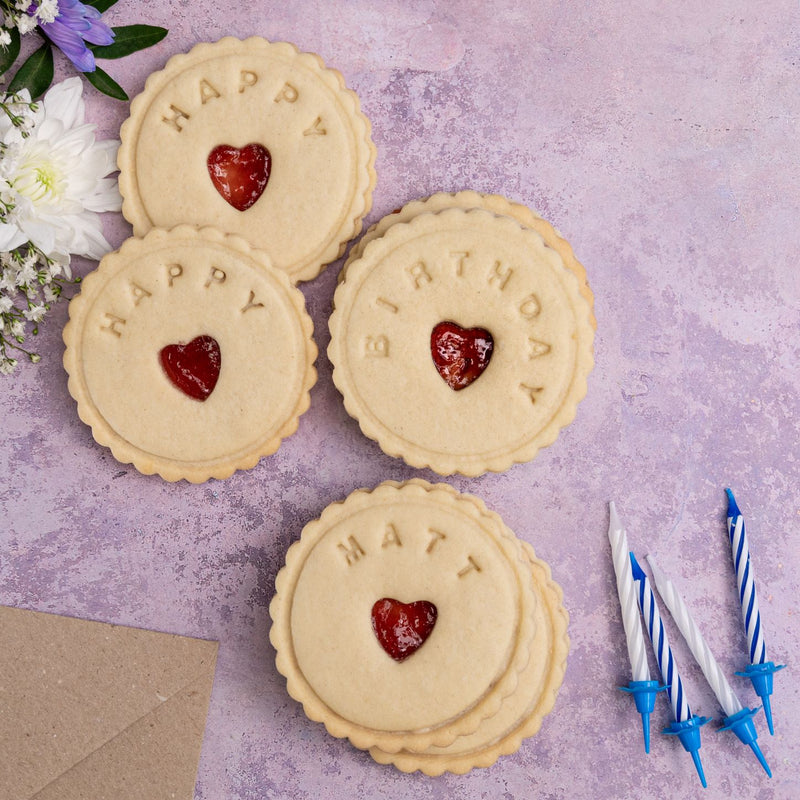We use cinnamon in many of our Christmas biscuits and lebkuchen. But to be honest we both know relatively little about this spice. Reason enough to delve a bit deeper into the origins of this wonderful natural ingredient that is loved so much around the world in both savoury and sweet food.
What is cinnamon exactly?
First confession is that I didn’t know that cinnamon is made from the bark of a tree. The spice is obtained from the inner bark of several trees from the genus Cinnamomum. Cinnamon farmers remove the outer bark from the cinnamon tree and then shave off the inner bark which is the cinnamon layer. This layer of bark is left to dry out and in that process the bark naturally curls round itself. Leaving the well-known cinnamon sticks a result.
These sticks are cut into pieces and either sold as cinnamon sticks or ground up and sold as a powder.
There are several varieties of Cinnamon.
Cassia cinnamon is the one that we are most familiar with. It is also known as Chinese cinnamon. It is known for its strong, spicy fragrance and flavour. A flavour and taste that isn’t lost during the cooking or baking process.
Ceylon Cinnamon (produced in Sri Lanka) is much softer and milder and has an aroma that doesn’t really linger in baked goods.
Ceylon cinnamon is much lighter in colour and more brittle than Cassia cinnamon and thus easier to grind at home. Whereas Cassia cinnamon has a darker brown colour and is much harder and denser. It can easily damage your spice grinder.
Health benefits of cinnamon
Today science has shown that the fragrant spice has the following healing qualities.
✅ High in anti-oxidants✅ Anti-inflammatory properties
✅ Lowers blood sugar levels
✅ Powerful anti-diabetic effect
✅ Fights bacterial and fungal infections
The cassia variety has higher coumarin levels than the Ceylon variety. If you use cinnamon medicinally over longer periods of time that the Ceylon variety is the better option. Coumarin is a blood thinning agent and as such you want to be careful with it when used in large doses or over prolonged periods of time. So either use Ceylon or just use small amounts of the Cassia variety.
Producing countries
1. Indonesia,
2. China,
3. Sri Lanka,
4. Vietnam,
5. Madagascar
History
So how come the Dutch use it so much in their baking? Well, the history is much less sweet than its aroma in baking. References to cinnamon can be found in the bible and on Egyptian papyrus. But the spice was only marketed really on a grand scale when the Dutch took over Sri Lankan rule from the Portuguese in 1640. That is when the Dutch caught their so-called ‘cinnamon fever’. The Dutch created the Dutch East India Company to, amongst others, ship cinnamon back to Europe for trade.
The Dutch East India Company was the world’s first international corporation and the first company to release shares and securities to fund its activities. Over the course of a century, the Dutch chopped down wild cinnamon trees. When they feared these were going to be exhausted they started cultivating cinnamon trees. All this while exploiting the indigenous people. During the colonial rule of the Dutch they shipped 270 tonnes of cinnamon to Europe. Dutch monopoly in the cinnamon trade ended in 1694 when the British took over Sri Lankan rule and continued the spice trade through their own East Indian Company.
The Dutch colony of Indonesia however, wasn’t taken over. And stayed under Dutch rule until independence in 17 August 1945. Today Indonesia is the world’s largest producer of cinnamon.
Interestingly, cinnamon is still very much present in Dutch baking recipes. However in British cuisine it is hardly used at all.





